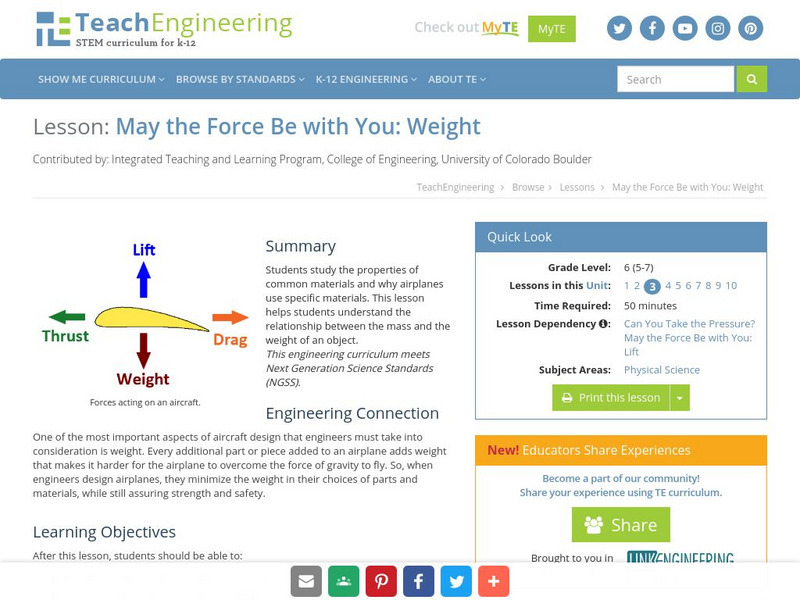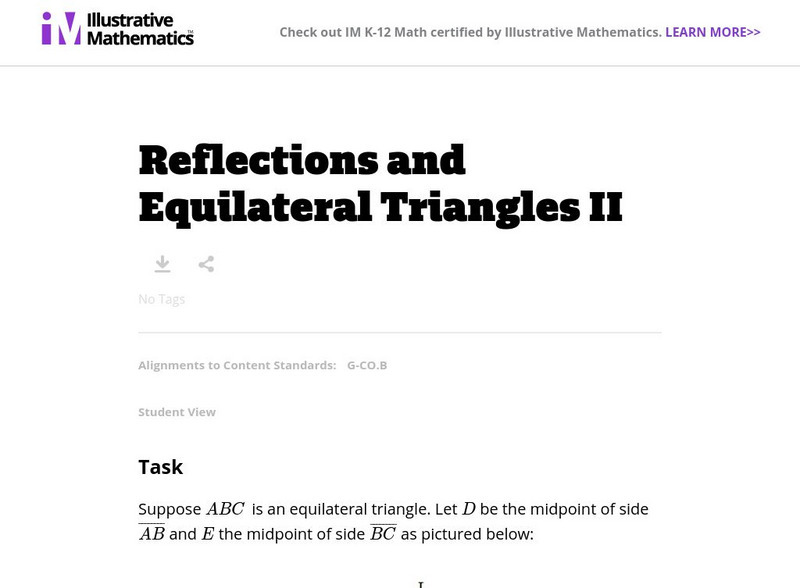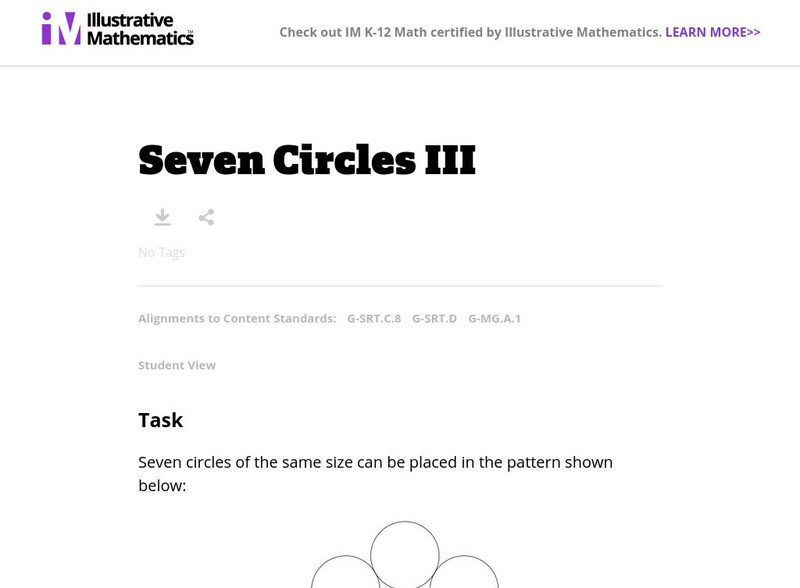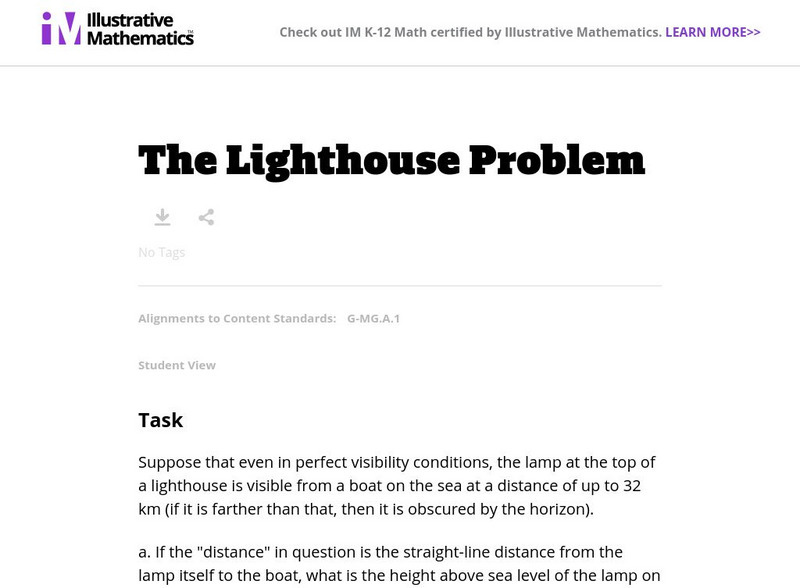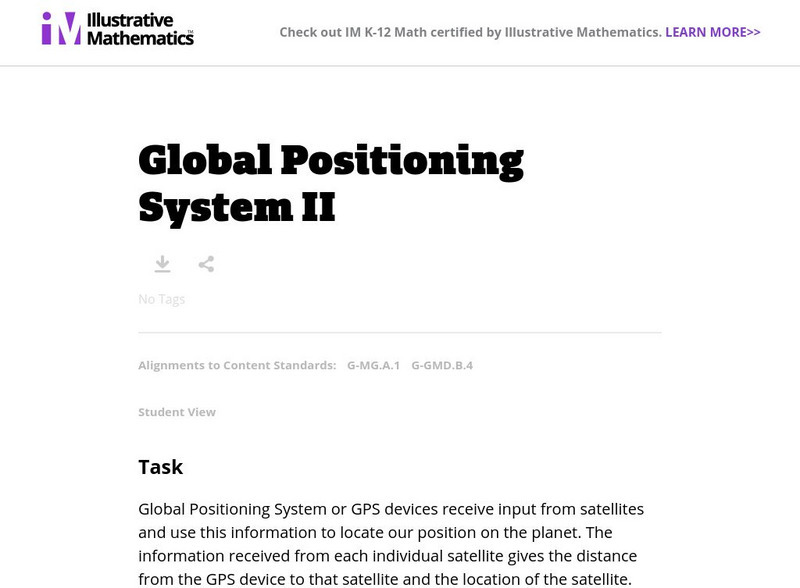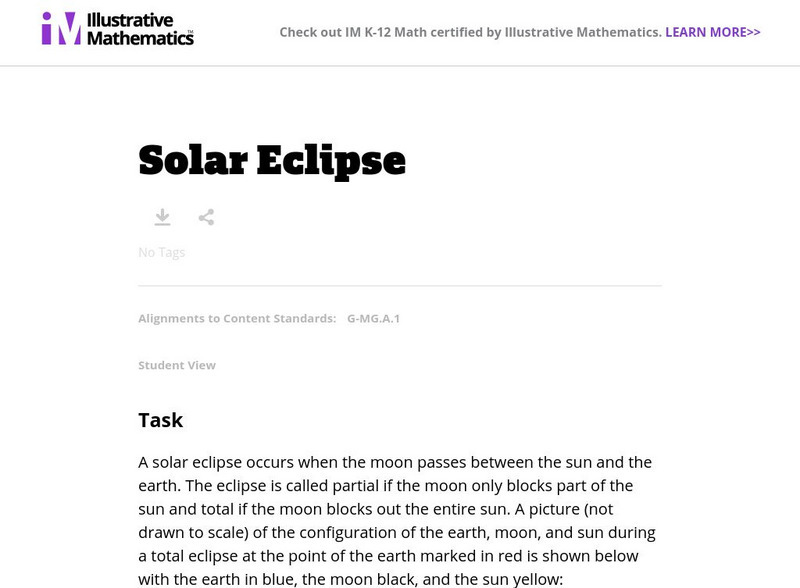Curated OER
May the Force Be With You: A Unit on Magnets
Students uncover data about magnets and practice classifying them by amounts of attraction and magnetism as an invisible force is introduced. The unit presents the topic within eight lessons.
Curated OER
A World Of Matter
First graders complete a variety of experiments with solids, liquids and gases. They read books about matter, identify the characteristics of solids, liquids and gases and the sort and classify a variety of matter. Students make...
Curated OER
Air Quality and Transportation
Second graders study about air pollution and the effects it has on our Earth. Students tally cars on a sheet that has been categorized as follows: One person in car, two persons in car, or three or more persons in car. Students go to...
Curated OER
Teaching the Tr'panier Trapezoid Kite
Students analyze how the parts of a system go together and how these parts depend on each other. They comprehend the forces in terms of strength and direction. Students observe, measure and describe weather indicators.
Curated OER
Glass Blowing How Do They Make Glass Into Different Shapes?
Pupils experiment with butter as a supercooled liquid in order to better explain how glass is made into different shapes.
Curated OER
Hazard Mitigation: Bioterrorism
High schoolers discuss different ways to spread infectious diseases. In this bioterrorism lesson, students model the rate of smoke emission using CalRoad software. They analyze the effects of airborne release of...
E-learning for Kids
E Learning for Kids: Science: Scotland Kilt Store: Classify by Property
Mr. Wallace owns a store and needs help sorting items in his shop. Help him explore properties of common objects.
Alabama Learning Exchange
Alex: Cracker Math (Commutative Property)
During this lesson students will listen to the story FISH EYES: A BOOK YOU CAN COUNT ON by Lois Ehlert and use concrete objects to explore the commutative property of addition. During this lesson students will be guided through exercises...
Other
Perkins School for the Blind: Object Functions
This activity helps students who are blind or visually impaired to identify the functions of common objects. Alternatively, for other students a blindfold could be used.
Other
Federal Aviation Administration: Air Takes Up Room [Pdf]
See how air takes up space by conducting this classroom experiment. With the aid of several common objects, observe the effects of air pressure.
TeachEngineering
Teach Engineering: May the Force Be With You: Weight
The purpose of this lesson is to help students understand the relationship between the mass and the weight of an object. Students will study the properties of common materials and why airplanes use specific materials.
Illustrative Mathematics
Illustrative Mathematics: g.co Reflections and Equilateral Triangles Ii
This task examines some of the properties of reflections of the plane which preserve an equilateral triangle. The task gives students a chance to see the impact of these reflections on an explicit object and to see that the reflections...
Illustrative Mathematics
Illustrative Mathematics: G Gmd, G Mg Tennis Balls in a Can
For this task, students investigate the volume of tennis balls and their cylindrical container, the empty space around the balls, different ways of slicing them, and what their visualizations will look like. Aligns with G-GMD.B.4 and...
Illustrative Mathematics
Illustrative Mathematics: G Mg Hexagonal Pattern of Beehives
Beehives are made of walls, each of the same size, enclosing small hexagonal cells where honey and pollen are stored and bees are raised. This problem examines some of the mathematical advantages of the hexagonal tiling in a beehive....
Illustrative Mathematics
Illustrative Mathematics: G Mg Toilet Roll
Picture a roll of toilet paper; assume that the paper in the roll is very tightly rolled. Assuming that the paper in the roll is very thin, find a relationship between the thickness of the paper, the inner and outer radii of the roll,...
Illustrative Mathematics
Illustrative Mathematics: G Mg How Many Cells Are in the Human Body?
About how many cells are in the human body? The purpose of this task is for students to apply the concepts of mass, volume, and density in a real-world context. Aligns with G-MG.A.2.
Illustrative Mathematics
Illustrative Mathematics: G Srt, G Mg Seven Circles Iii
In this task, students are shown circle formations where an inner circle is surrounded by a set of circles and all circles are touching. In the first situation, all circles have the same diameter. In the second, the inner circle is...
Illustrative Mathematics
Illustrative Mathematics: G Srt, G Mg How Far Is the Horizon?
Some friends are at the beach looking out onto the ocean on a clear day and they wonder how far away the horizon is. A second problem asks how far the horizon would be from the top of a mountain. Students must also answer a question...
Illustrative Mathematics
Illustrative Mathematics: G Mg the Lighthouse Problem
For this task, students are asked to calculate the height above sea level of a lamp on top of a lighthouse that is visible to a boat, and to examine two other interpretations of the distance from the lighthouse to the boat. Aligns with...
Illustrative Mathematics
Illustrative Mathematics: G Mg, G Gmd Global Positioning System Ii
Satellites communicate with a GPS device and establish the distance between them and their locations. The set of points at a fixed distance from a satellite form a sphere so when the GPS receives its distance from a given satellite, this...
Illustrative Mathematics
Illustrative Mathematics: G Mg How Thick Is a Soda Can? Variation Ii
In this task, students are given an aluminum soda can and are simply asked how they could determine how thick the can is. Aligns with G-MG.A.1 and G-MG.A.2.
Illustrative Mathematics
Illustrative Mathematics: G Mg How Thick Is a Soda Can? Variation I
In this task, students are given the dimensions of a soda can and are asked to estimate its thickness. They must first find the surface area and the volume of aluminum. Aligns with G-MG.A.1 and G-MG.A.2.
Illustrative Mathematics
Illustrative Mathematics: G Mg Solar Eclipse
In this task, students investigate why total solar eclipses are rare. They will learn that, in addition to requiring the positioning of the Sun, Moon, and Earth, the Moon can only completely block out the Sun when it is closest to the...
Illustrative Mathematics
Illustrative Mathematics: G Mg Tilt of Earth's Axis and the Four Seasons
This task gives students a chance to explore the effects of the Earth's tilt and rotation using a simple geometric model of Earth-Sun interaction that shows why the seasons occur. Aligns with G-MG.A.1.
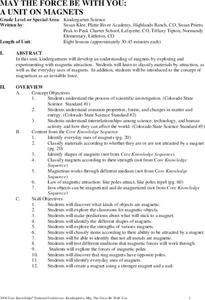







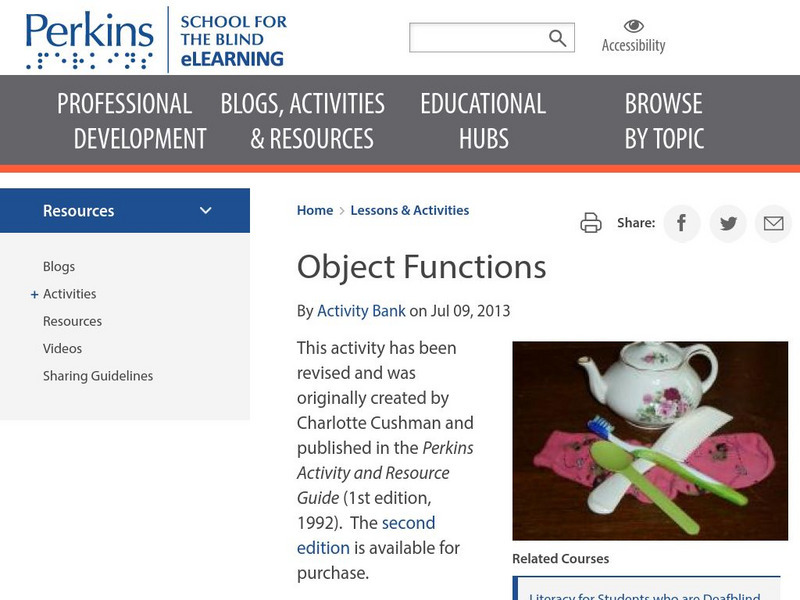
![Federal Aviation Administration: Air Takes Up Room [Pdf] Activity Federal Aviation Administration: Air Takes Up Room [Pdf] Activity](https://d15y2dacu3jp90.cloudfront.net/images/attachment_defaults/resource/large/FPO-knovation.png)
